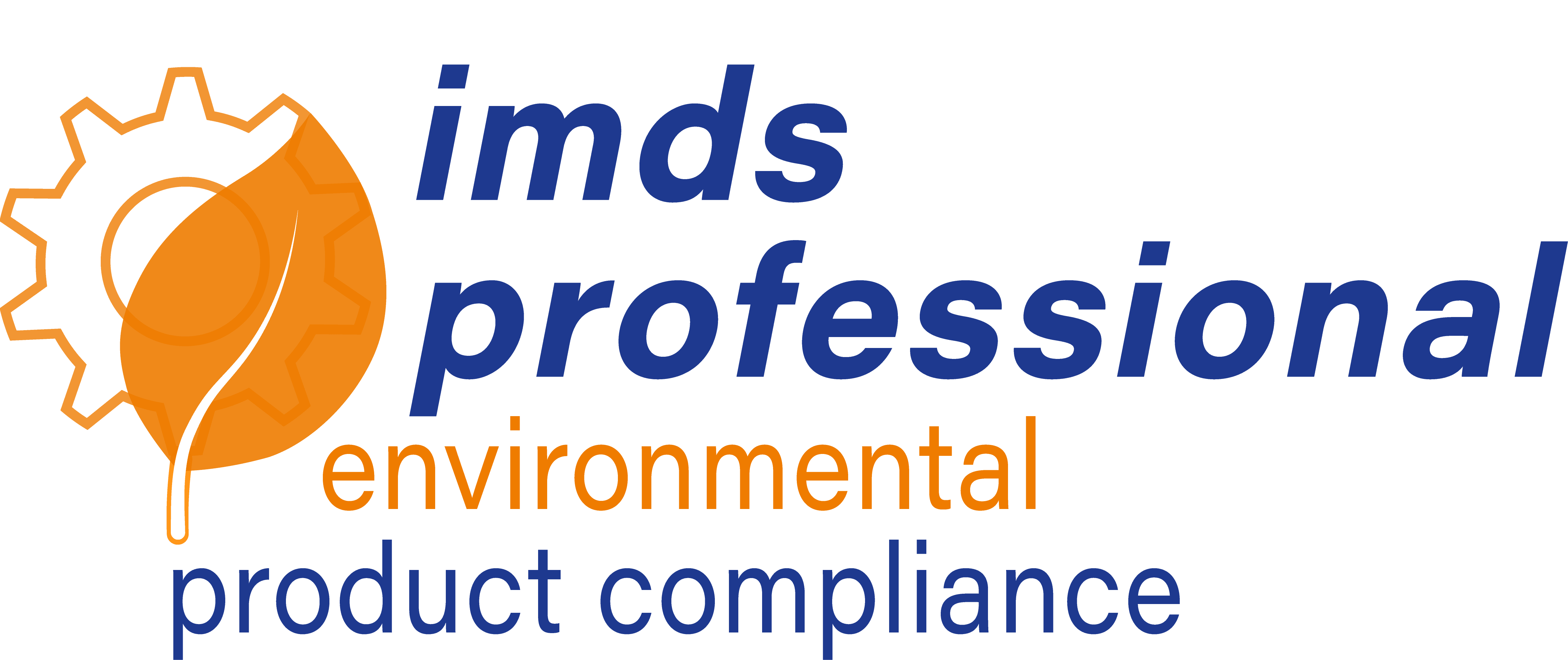Blog
ROHS
From time to time questions arise about the scope of EU Directive 2011/65/EU, also known as RoHS 2. RoHS 2 regulates the use and marketing of hazardous substances in electrical and electronic equipment in the European Union. Since RoHS 2 came into force, there have been numerous changes, which often leads to misunderstandings about its scope. For example, Directive 2011/65/EU was supplemented in 2015 by “Delegated Directive 2015/863”. In the true sense of the word, this is not a new directive, but an adaptation of the text part of the existing directive 2011/65/EU. Nevertheless, this latest directive 2015/863 is often referred to as RoHS 3.
In the following article, we refer to this latter regulation, RoHS for short, and shed some light on frequent misunderstandings. Please always refer to the latest consolidated text version, which also contains the amendments by all delegated directives. The latest consolidated version in English can be found as PDF here. Under this link you will find the version 01/09/2020 in different languages.
Basic RoHS Scope and Exceptions
In general, RoHS applies to all manufacturers of electrical equipment and electronic parts (E/E parts). These electrical and electronic devices are divided into eleven categories in Annex I of RoHS. Annex III describes the applicable exemptions for which yet again transitional regulations and periods may apply. All of this can make it quite a bit confusing for some unversed to determine the scope.
What is also often overlooked is that article 2, paragraph 4 f of the RoHS excludes certain E/E parts from the scope. According to this article, RoHS does not apply to “means of transport for persons or goods, excluding electric two-wheel vehicles which are not type-approved”. Thus, RoHS does not apply to trucks and buses, for example.
RoHS compliant is not the same as ELV compliant
Vehicle manufacturers and suppliers must be aware that RoHS compliant parts are not automatically ELV compliant. In (extreme) case of confusion, you may risk product recalls with fatal consequences for your company.
The ELV Directive 2000/53/EC on the return and environment-friendly disposal of end-of-life vehicles restricts the use of hazardous substances such as mercury, chromium, cadmium and lead, among others. For the most part, the same exceptions apply to RoHS and ELV. However, there are some important differences.
Electrical equipment and electronic parts intended and designed for use in M1 and N1 vehicles fall within the scope of the ELV and not under the identical exceptions of RoHS. For example, if a DVD player is designed for use in a car only, the ELV applies. An aftermarket DVD player that can also be operated outside of a car, however, is subject to RoHS.
Another difference is the exemption for the use of cadmium, for example as surface treatment of copper contacts to achieve better conductivity. While there is an exception for parts covered by RoHS, there is no such exception in ELV.
The validity period for certain exceptions in the RoHS and the ELV are also regulated differently. Here, the most important difference for lead in steel, aluminum and copper alloys is that the ELV does not apply to lead: The end of the respective exemption in ELV is not yet scheduled, while the exemption in RoHS is to expire between 2021 and 2024, depending on the category. Some affected manufacturers have submitted requests for extension of the exemptions in RoHS, but no decision has yet been taken.
The EU Commission regularly reviews whether the exemptions in ELV and RoHS are still necessary. If she identifies viable technical alternatives, the Commission will set an end date for the concerned exemption. Companies affected by RoHS can apply for the extension of exemptions. In particular, there are numerous applications for extensions to exemptions 6 and 7 in RoHS concerning lead. A new version of the list of exemptions as of April 2020 is available at https://ec.europa.eu/environment/waste/rohs_eee/adaptation_en.htm (for download of the Excel files see “A table providing an overview of Annex III and IV exemptions, including their validity status and submitted exemption requests” or click here).
Major backlog concerning RoHS and REACH in the non-automotive sector
In the non-automotive sector, there are still many ambiguities and mistakes made regarding the reporting obligations resulting from RoHS and the REACH chemicals regulation. And, manufacturers may sometimes have unpleasant experiences with their suppliers. For example, the declarations of compliance with REACH and RoHs occasionally contradict each other or exemptions that have been applied are not mentioned. Such mistakes violating EU reporting obligations can cost affected companies dearly.
In our trainings on RoHS and REACH, we familiarize you with the basics of the regulations so that you can focus on issuing correct declarations of conformity that are in accordance with the rules. In addition, we offer your company individual expert advice or full-service solutions tailored to your needs. Simply contact us for a free initial consultation.
The imds professional is not liable for any advice or information given herein, nor for the utilization or usability of the herein acquired knowledge.
www.imds-professional.com/en/gtc.html
